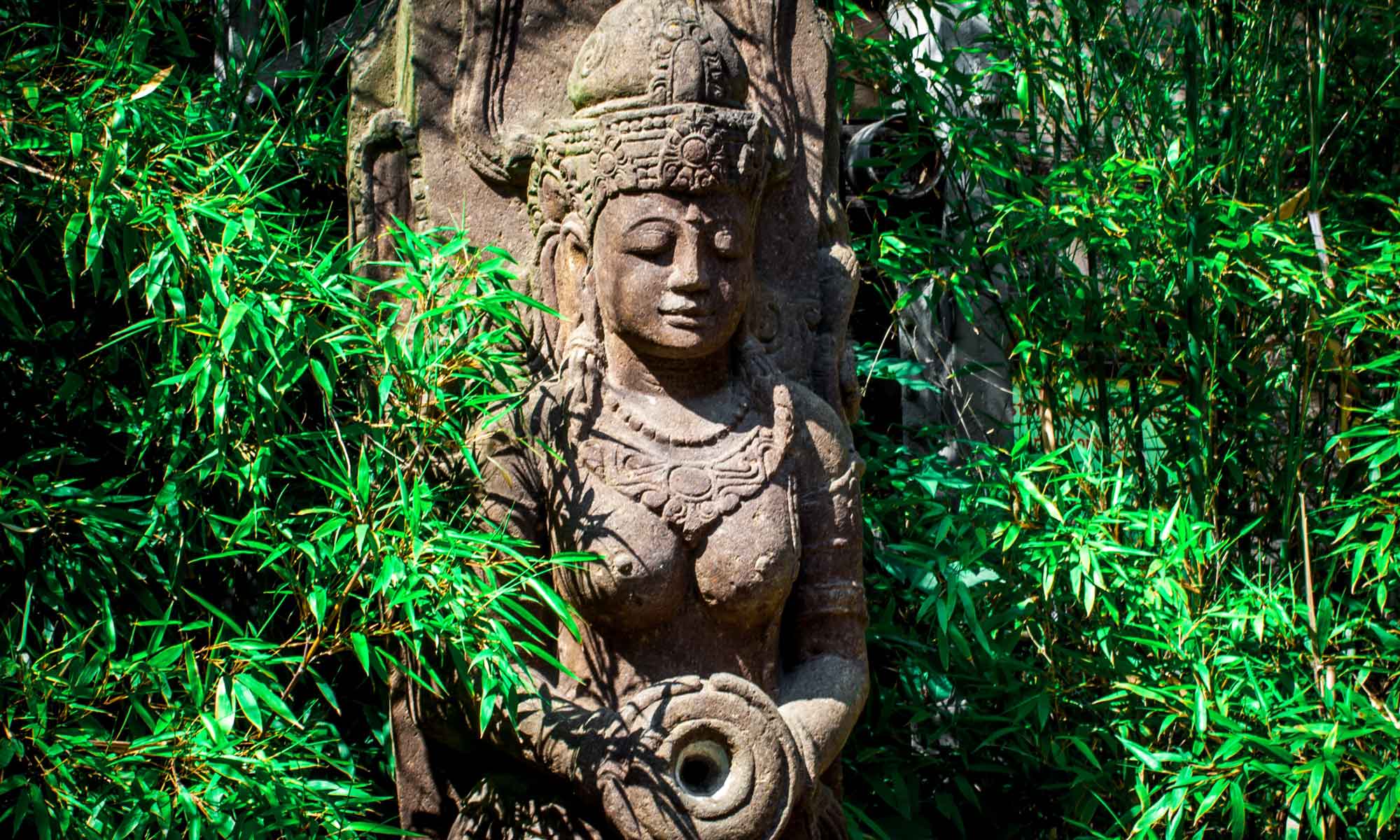“Matriarchy in Bronze Age Crete: A Perspective from Archaeomythology and Modern Matriarchal Studies”
with Dr. Joan Cichon
Thursday, March 7, 2024 at 3pm Eastern Time
REGISTER HERE

Bronze Age Crete evokes for many the image of a highly sophisticated civilization: peaceful, artistic, and refined; a society in which women were highly visible and important, and the supreme deity was a Goddess. Although authorities acknowledge that women played a major role in Bronze Age Cretan society, and the preeminent deity was female, there is a gap in the scholarly literature regarding the role of Goddess, women, and matriarchy in Crete.

The debate over whether Bronze Age Crete was a matriarchal society continues to be heated and unresolved. Joan’s research and her resulting book, Matriarchy in Bronze Age Crete: A Perspective from Archaeomythology and Modern Matriarchal Studies, attempt to fill the gap in the scholarly literature and advance that debate toward a more complex, detailed, and certain conclusion. Her work pioneers the argument that Bronze Age Crete was a Goddess-centered, woman-centered, matriarchal society, based on the latest archaeological findings and the emergent fields of archaeomythology and modern matriarchal studies.

Joan Cichon, Ph.D., a retired history professor and reference librarian and one of ASWM’s founding board members, earned her doctorate in Philosophy and Religion from the California Institute of Integral Studies. Her recently published book is entitled Matriarchy in Bronze Age Crete: A Perspective from Archaeomythology and Modern Matriarchal Studies (Oxford: Archaeopress, 2022). Joan has published articles on the Cretan Mother Goddess, the origins of the Eleusinian Mysteries, the centrality of women in Bronze Age Crete, and archaeomythology. For the past thirty-five years, she has spent several months in Crete each year studying, visiting archaeological sites and museums, and exploring the island.
Note: Joan’s book is available in open access PDF from Archaeopress.
~~~~~~~~~~~~~~~~~~~~~~~~~~~~~
Save the date for this upcoming ASWM Salon:
Women Making History: The Revolutionary Feminist Postcard Art of Helaine Victoria Press with Jocelyn Cohen and Julia Allen
March 21, 2024 at 3pm Eastern Daylight Time

The Salon recording will also be available to members after the event.








You must be logged in to post a comment.